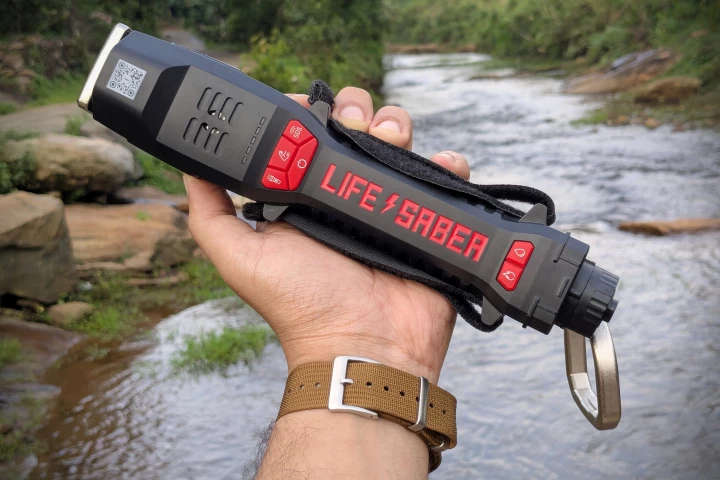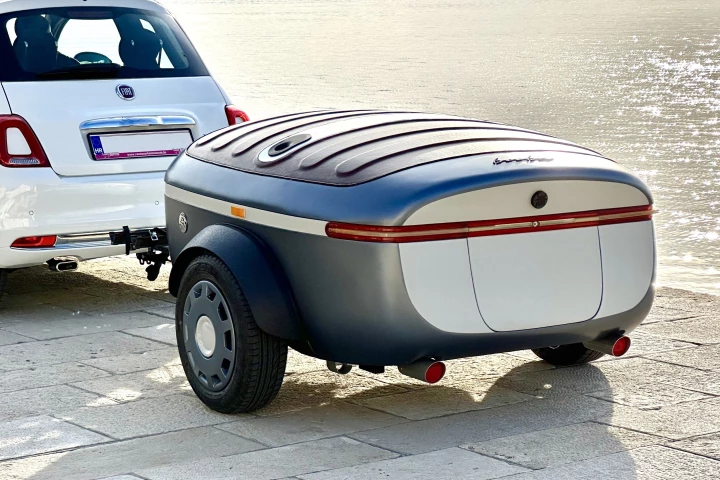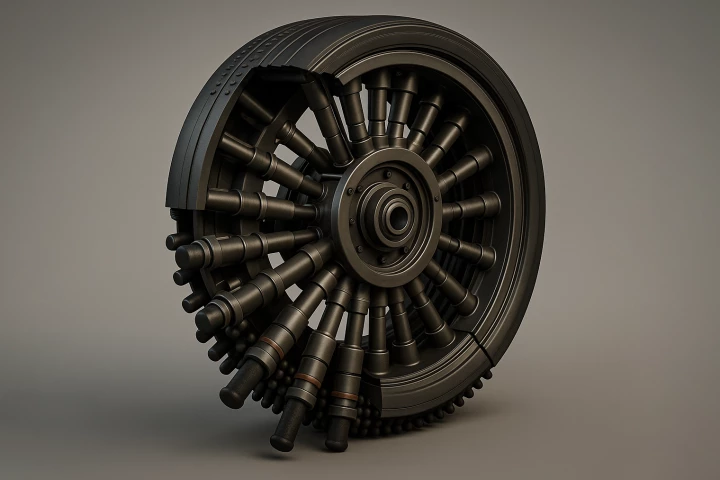 Deadly attraction: Powerful neodymium magnets are sending children to the emergency department. Depositphotos –
Deadly attraction: Powerful neodymium magnets are sending children to the emergency department. Depositphotos –
The boy, from New Zealand, required major surgery in an attempted to remove the 5-mm x 2-mm neodymium magnets, which he’d bought from an online store. Incredibly, he was discharged from hospital just eight days after landing on the operating table – but lost part of his bowel in the process.
“As this case study shows, ingesting small high-powered magnets is life threatening,” said Professor Alex Sims from the University of Auckland. “Small, high-power magnets have been marketed and sold as fun toys for adults and children when they are sold in sets as they can be used to make different shapes and also be used as fidget toys. Unfortunately, they often come as brightly colored small balls, making them attractive for children to swallow.”
While, as an adult, the obvious question is “why?” However, it’s not the first case of kids eating multiple magnets in recent years. In 2024, an eight-year-old boy died as a result of consuming a cluster of small spherical magnets that obstructed his bowel. Earlier this year, a seven-year-old boy also wound up in the ER after swallowing magnets taken the from the tabletop game Kluster.
Last year alone, 44 kids in Australia were admitted to hospital due to eating magnets. While ingesting one object is unlikely to cause serious injury, any more can cause the magnets to be attracted to each other through layers of skin, essentially pinning tissue together. And the risk is even greater when it comes to the tiny, high-powered magnets that, while banned in many countries, can be bought online through retailers.
“This case highlights not only the dangers of magnet ingestion but also the dangers of the online marketplace for our pediatric population,” the clinicians noted in the case study report.
The type of magnets swallowed by the New Zealand teenager are banned in the country, however, it’s believed he bought them online from Temu.
“It’s always important to support and monitor the online purchases of young people,” said Professor Ekant Veer from the University of Canterbury (Christchurch, NZ). “When it comes to trends like this, which are typically driven by social media, then access to unmoderated spending on potentially harmful items, such as magnets, is made very easy.”
However, swallowing magnets is not necessarily a new trend, despite these recent highlighted cases. In 2013, clinicians reported on the case of a three-year-old who’d also ingested a bunch of small, spherical magnets and required emergency surgery.
“Magnets have evolved tremendously in the past 25 years,” the researchers wrote. “Neodymium–iron–boron magnets (a type of rare-earth magnet) were created in the early 1980s and are 10–20 times stronger than traditional ferrite magnets. Widespread licensing of patents, decreasing prices and improved manufacturing technology in the early 2000s has fueled widespread release of magnet-based consumer products such as desk toys, children’s construction sets and jewelry.
“Swallowing a single magnet is generally innocuous, much like swallowing any other inert foreign body,” they added. “However, multiple magnets, especially when swallowed at different times, can attract each other through loops of the gastrointestinal tract. The force created through the bowel or stomach wall may result in pressure necrosis and eventual perforation.”
Temu, meanwhile, has released a statement after hearing about the New Zealand case.
“We are sorry to learn about the reported incident and wish the boy a full and speedy recovery,” wrote a spokesperson for the online retailer. “We take product safety very seriously and continuously monitor our platform to ensure sellers are complying with the safety regulations of the markets they are doing business in. Following your inquiry, we have launched an internal review and reached out to the author of the New Zealand Medical Journal article to obtain more details about the case.
“At this stage, we have not been able to confirm whether the magnets involved were purchased through Temu or identify the specific product listing,” they added. “Nonetheless, our teams are reviewing relevant listings to ensure full compliance with local safety requirements. Any products found to be non-compliant will be removed, and we will take firm action against any sellers found to have breached our platform rules or local regulations.”
The latest case provides more evidence of the hidden dangers of these high-powered magnets, which have transformed what was once a moderately risky foreign-body ingestion into a common and lethal threat.
The moral of the story is that while these magnets are here to stay, keeping them …[for the balance of this interesting article please visit: https://newatlas.com/society-health/kid-swallowed-100-magnets/]
–
Source: Pasifika Medical Association Group via Scimex
–
























